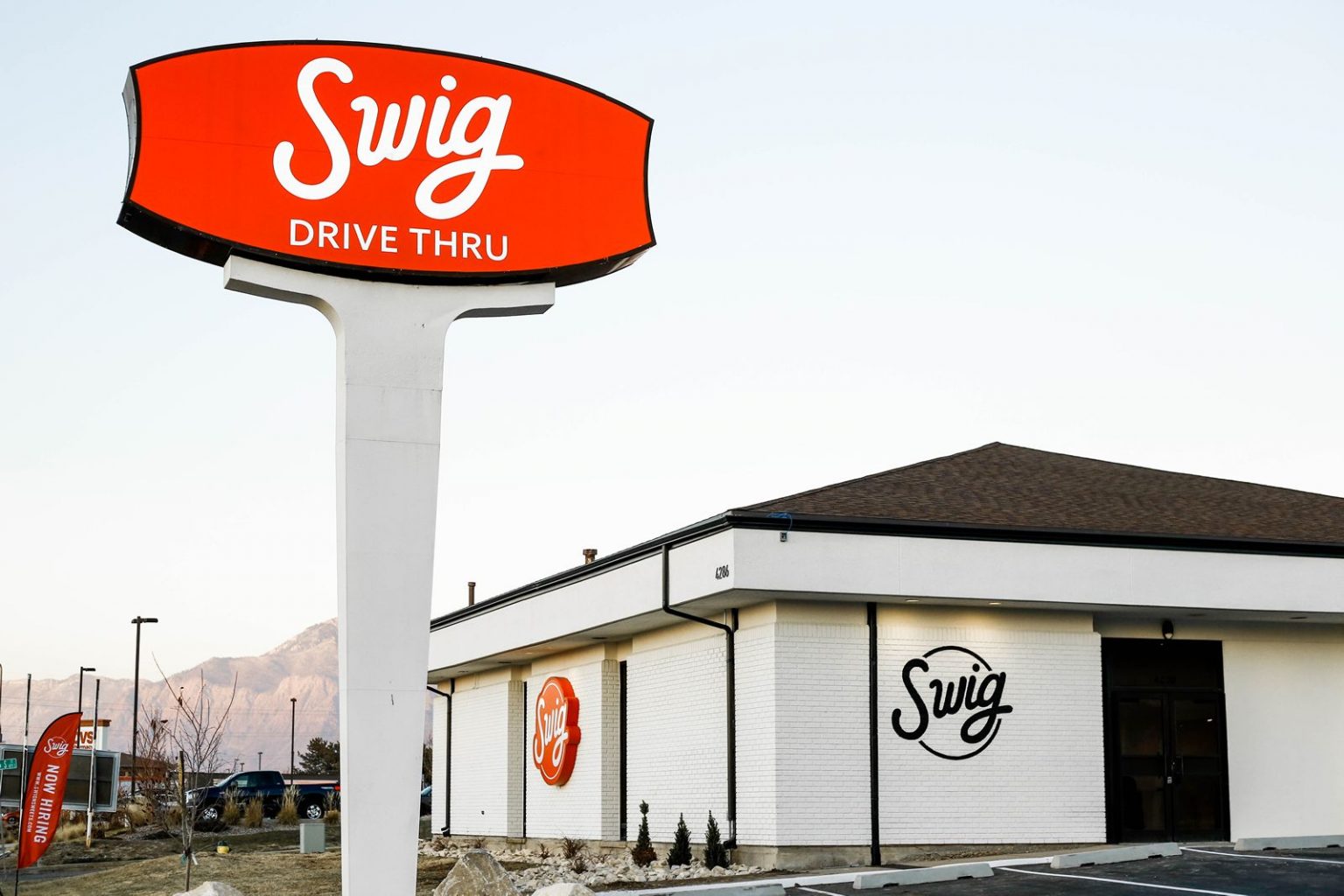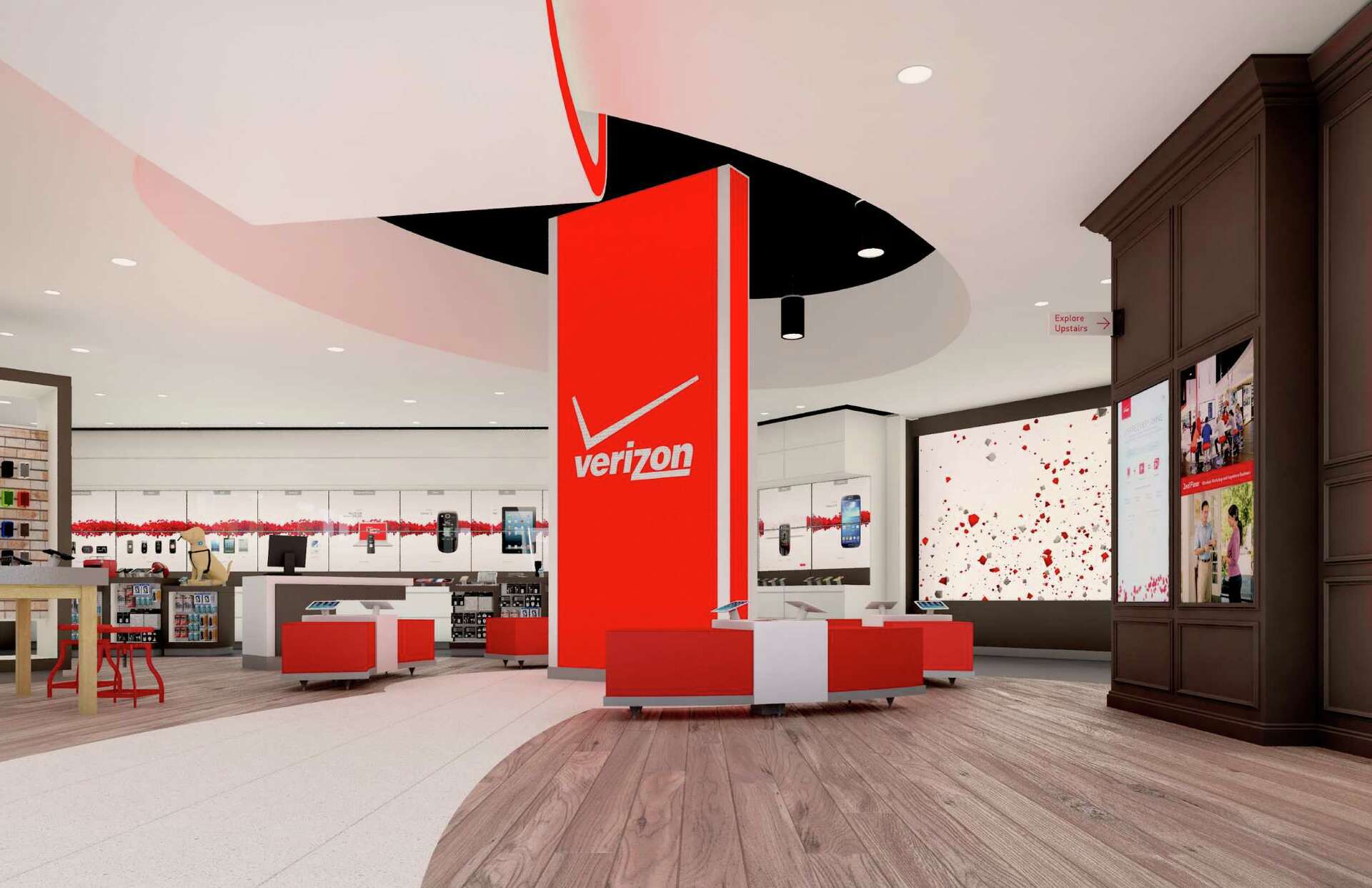AI that turns your cameras into a
real-time operations engine
AI that turns your cameras into a
real-time operations engine
AI that turns your cameras into a
real-time operations engine
Get full visibility into speed of service for each guest experience, automatically pinpoint loss and compliance events, and highlight daily, coachable moments—all with your existing cameras.
Get full visibility into speed of service for each guest experience, automatically pinpoint loss and compliance events, and highlight daily, coachable moments—all with your existing cameras.
Get full visibility into speed of service for each guest experience, automatically pinpoint loss and compliance events, and highlight daily, coachable moments—all with your existing cameras.
Trusted by leading brands like Marco’s Pizza, Scooters Coffee,
and Swig to drive operations across 3,500+ locations.
Thousands of operators across top brands leverage
Savi for smarter operations, customer experience,
and loss prevention.
Empower every team with
instant insights using video and AI.
Empower every team
with instant insights
using video and AI.
Operations
Drive improvements to operational efficiency, brand compliance, and customer experiences.
Operations
Drive improvements to operational efficiency, brand compliance, and customer experiences.
Loss Prevention
Reduce loss and increase employee accountability.
Loss Prevention
Reduce loss and increase employee accountability.
IT
Simplify IT video stack, radically reduce IT infrastructure costs, and open video to more teams.
IT
Simplify IT video stack, radically reduce IT infrastructure costs, and open video to more teams.
Operations
Drive improvements to operational efficiency, brand compliance, and customer experiences.
IT
Simplify IT video stack, radically reduce IT infrastructure costs, and open video to more teams.
Don't just take our word for it
Unlocking the power of video to drive real results for organizations like yours


Faster drive-thru service

Internal loss discovered
in first 90 days


Increase in same-store conversion

Site rollout integrating with proprietary tech platform
 $000
$000Internal loss discovered
in first 90 days
 950+
950+Site rollout integrating with proprietary tech platform

 10%
10%Increase in same-store conversion

 0%
0%Faster drive-thru service
 $000
$000Internal loss discovered
in first 90 days
 950+
950+Site rollout integrating with proprietary tech platform

 10%
10%Increase in same-store conversion

 0%
0%Faster drive-thru service
 $000
$000Internal loss discovered
in first 90 days
 950+
950+Site rollout integrating with proprietary tech platform

 10%
10%Increase in same-store conversion

 0%
0%Faster drive-thru service
 $000
$000Internal loss discovered
in first 90 days
 950+
950+Site rollout integrating with proprietary tech platform

 10%
10%Increase in same-store conversion

 0%
0%Faster drive-thru service
Don't just take
our word for it
Unlocking the power of video to drive real results for organizations like yours


Faster drive-thru service

Internal loss discovered
in first 90 days


Increase in same-store conversion

Site rollout integrating with proprietary tech platform
 $000
$000Internal loss discovered
in first 90 days
 950+
950+Site rollout integrating with proprietary tech platform

 10%
10%Increase in same-store conversion

 0%
0%Faster drive-thru service
 $000
$000Internal loss discovered
in first 90 days
 950+
950+Site rollout integrating with proprietary tech platform

 10%
10%Increase in same-store conversion

 0%
0%Faster drive-thru service
 $000
$000Internal loss discovered
in first 90 days
 950+
950+Site rollout integrating with proprietary tech platform

 10%
10%Increase in same-store conversion

 0%
0%Faster drive-thru service
 $000
$000Internal loss discovered
in first 90 days
 950+
950+Site rollout integrating with proprietary tech platform

 10%
10%Increase in same-store conversion

 0%
0%Faster drive-thru service
Don't just take our word for it
Unlocking the power of video to drive real results for organizations like yours


Faster drive-thru service

Internal loss discovered
in first 90 days


Increase in same-store conversion

Site rollout integrating with proprietary tech platform
 $000
$000Internal loss discovered
in first 90 days
 950+
950+Site rollout integrating with proprietary tech platform

 10%
10%Increase in same-store conversion

 0%
0%Faster drive-thru service
 $000
$000Internal loss discovered
in first 90 days
 950+
950+Site rollout integrating with proprietary tech platform

 10%
10%Increase in same-store conversion

 0%
0%Faster drive-thru service
 $000
$000Internal loss discovered
in first 90 days
 950+
950+Site rollout integrating with proprietary tech platform

 10%
10%Increase in same-store conversion

 0%
0%Faster drive-thru service
 $000
$000Internal loss discovered
in first 90 days
 950+
950+Site rollout integrating with proprietary tech platform

 10%
10%Increase in same-store conversion

 0%
0%Faster drive-thru service
Leading the way in video innovation,
for forward-thinking enterprises.
Leading the way in video innovation, for forward-thinking enterprises.



100% cloud based.
Your video stored, processed, and analyzed in the cloud.



100% cloud based.
Your video stored, processed, and analyzed in the cloud.



100% cloud based.
Your video stored, processed, and analyzed in the cloud.
Bandwidth friendly.
Bandwidth friendly.
Stop worrying about bandwidth and data usage with Savi's efficient data infrastrucure.
AI
AI ready.
Add computer vision analytics instantly, no server update required.
AI
AI ready.
Add computer vision analytics instantly, no server update required.
Integrations.
Unify video with the rest of your store data.

Integrations.
Unify video with the rest of your store data.

Integrations.
Unify video with the rest of your store data.

Plug and play.
Bring your existing hardware while reducing maintenance and update costs.
Plug and play.
Bring your existing hardware while reducing maintenance and update costs.
Plug and play.
Bring your existing hardware while reducing maintenance and update costs.
Simplify your stack.
Simplify your stack.
Video, enterprise reporting,
and analytics all in one.
Simplify your stack.
AI
AI ready.
Add computer vision analytics instantly, no server update required.
AI
AI ready.
Add computer vision analytics instantly, no server update required.
Bandwidth friendly.
Bandwidth friendly.
Built to
scale with you.
Built to
scale with you.
Whether you’re building your business, expanding
nationally, or cutting costs — Savi works for you.
Whether you’re building your business, expanding nationally, or cutting costs
— savi works for you.
Whether you’re building your business, expanding nationally, or cutting costs — savi works for you.
Simple deploy
& rapid rollout.
Get each site up and running by simply plugging in our credit-card-sized edge device.

Simple deploy
& rapid rollout.
Get each site up and running by simply plugging in our credit-card-sized edge device.

Simple deploy
& rapid rollout.
Get each site up and running by simply plugging in our credit-card-sized edge device.

Build an enterprise
video playbook.
Build an enterprise
video playbook.
We help top brands develop
a playbook for everything video.
Build an enterprise
video playbook.
Proactive
system health.
Don't wait to discover offline cameras. Get notified.
Proactive
system health.
Don't wait to discover offline cameras. Get notified.
Proactive
system health.
Don't wait to discover offline cameras. Get notified.
An extension of your team.
An extension of your team.
Get dedicated support anytime, anywhere.
We’re always ready to help.
An extension of your team.
Capabilities that drive insights
Capabilities
that drive insights

Join thousands of operators
simplifying operations with Savi
Join thousands of sites simplifying on- site operations with Savi
Join thousands of sites simplifying on- site operations with Savi
Savi Solution Inc.
Corporate Headquarters
286 S 200 W Suite 310
Farmington, UT 84025
8am-6pm MST
844.543.8728
Partners
Customers
©
Savi Solution Inc.
Savi Solution Inc.
Corporate Headquarters
286 S 200 W Suite 310
Farmington, UT 84025
8am-6pm MST
844.543.8728
Partners
Customers
©
Savi Solution Inc.
Savi Solution Inc.
Corporate Headquarters
286 S 200 W Suite 310
Farmington, UT 84025
8am-6pm MST
844.543.8728
Partners
Customers
©
Savi Solution Inc.
















